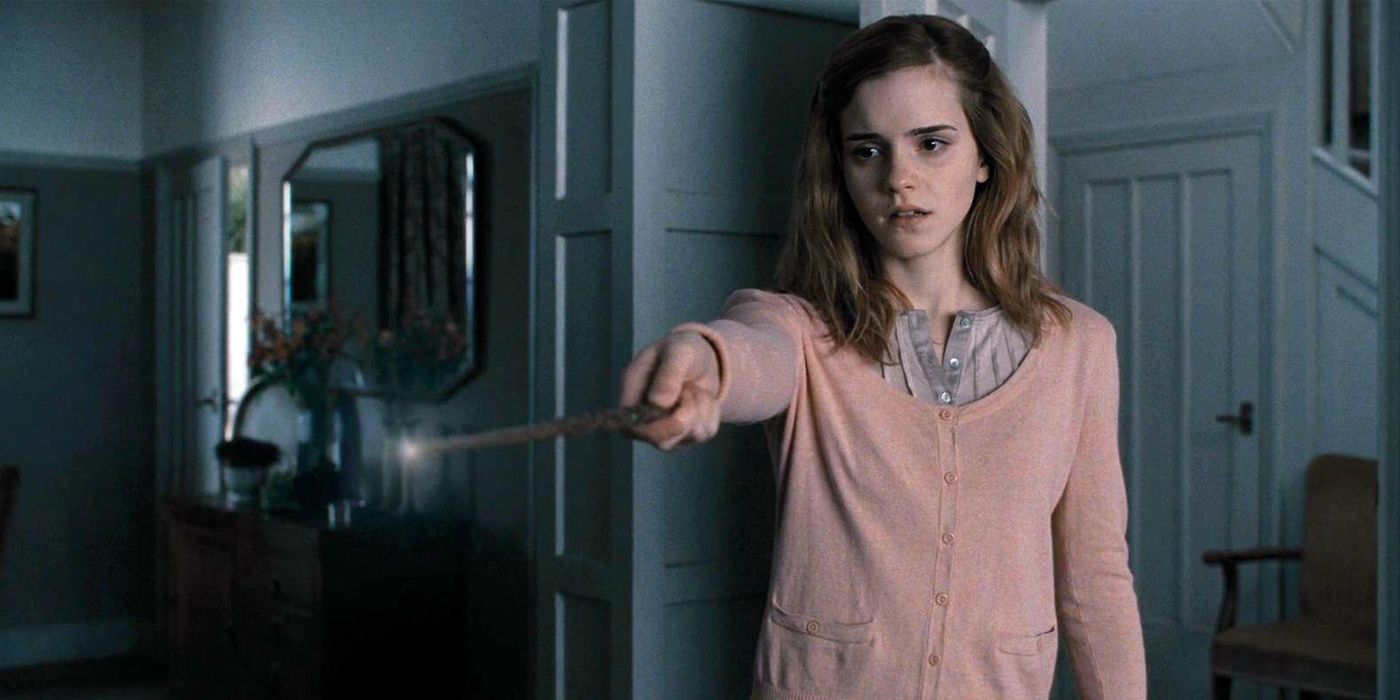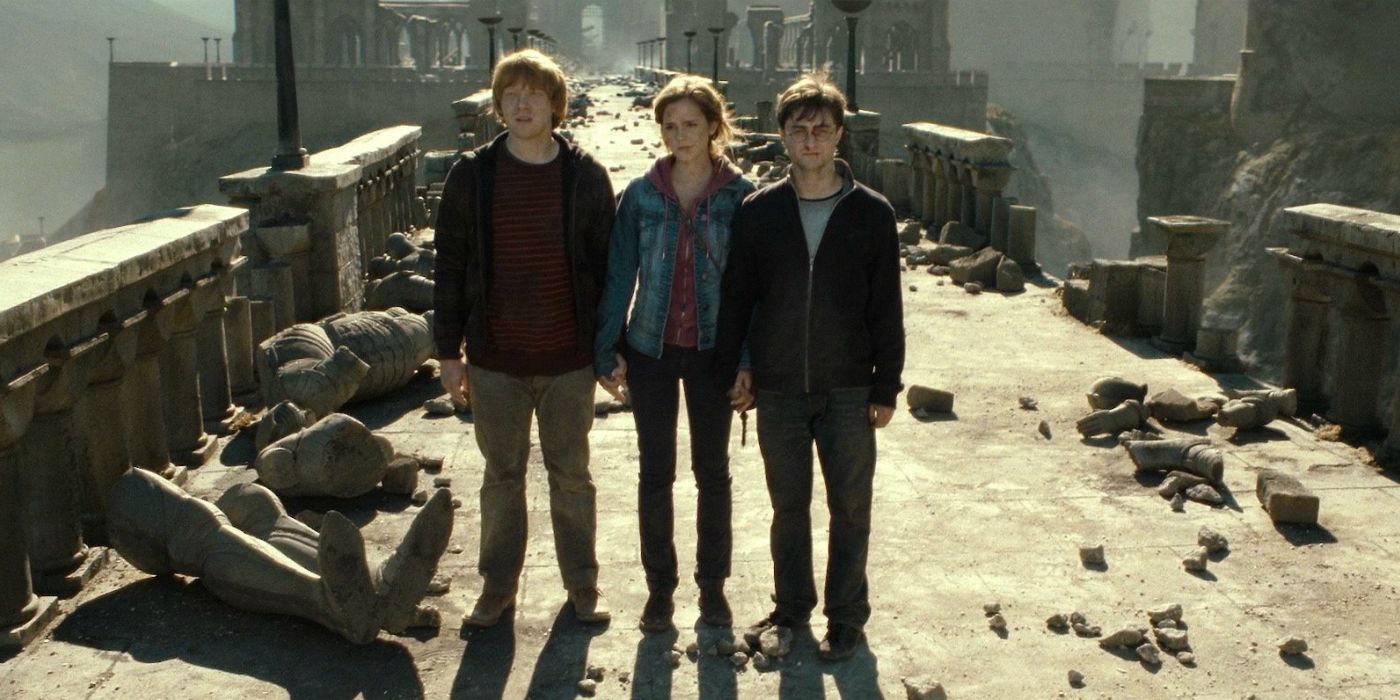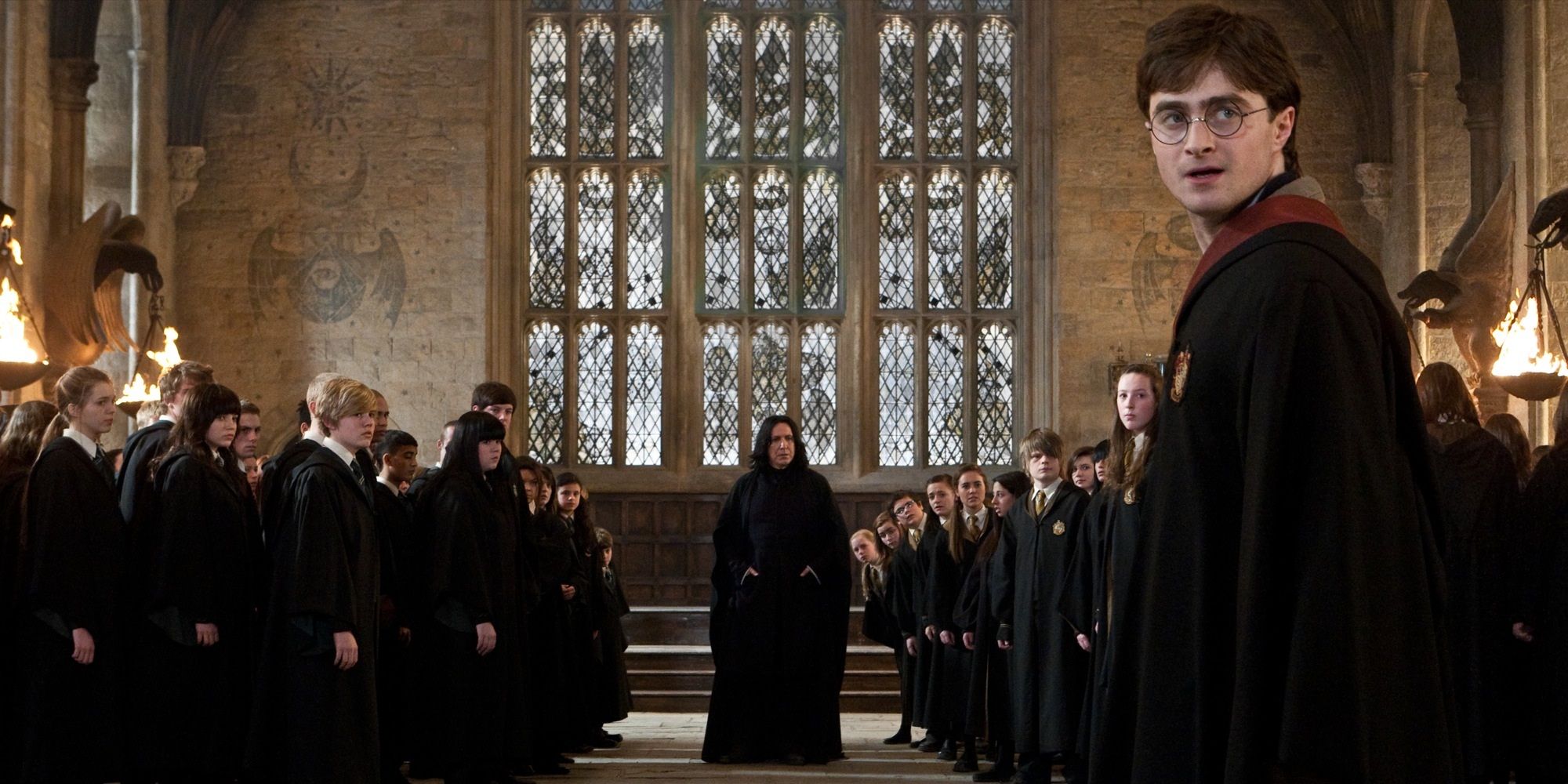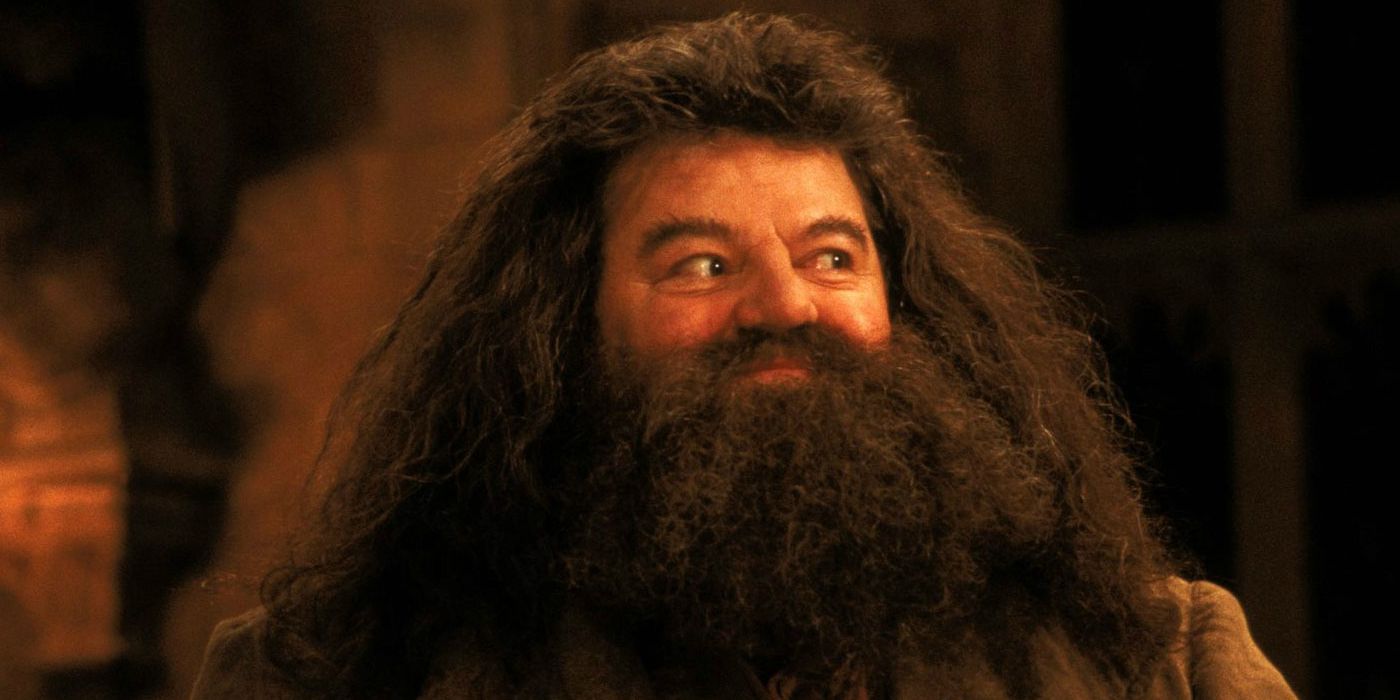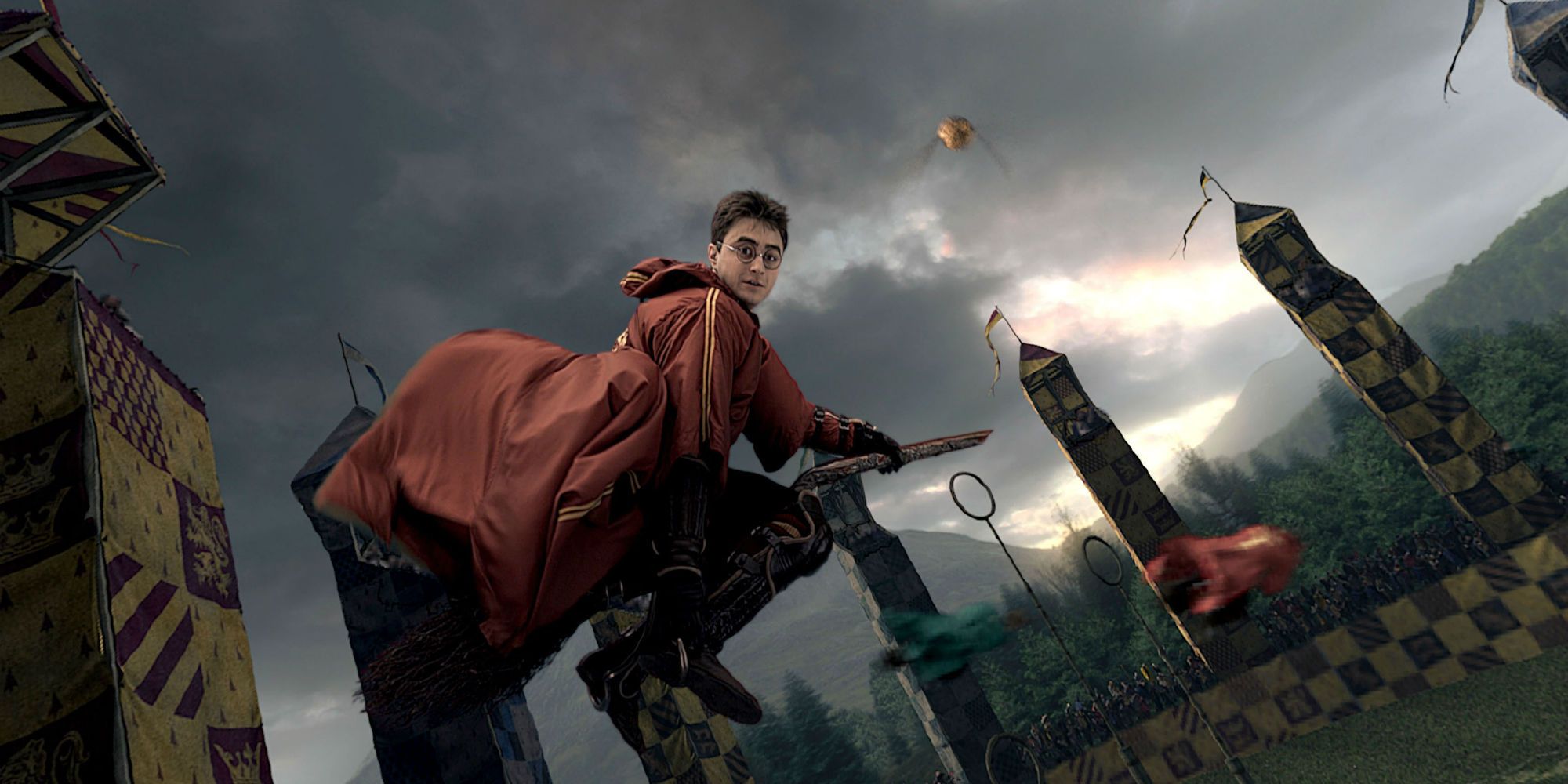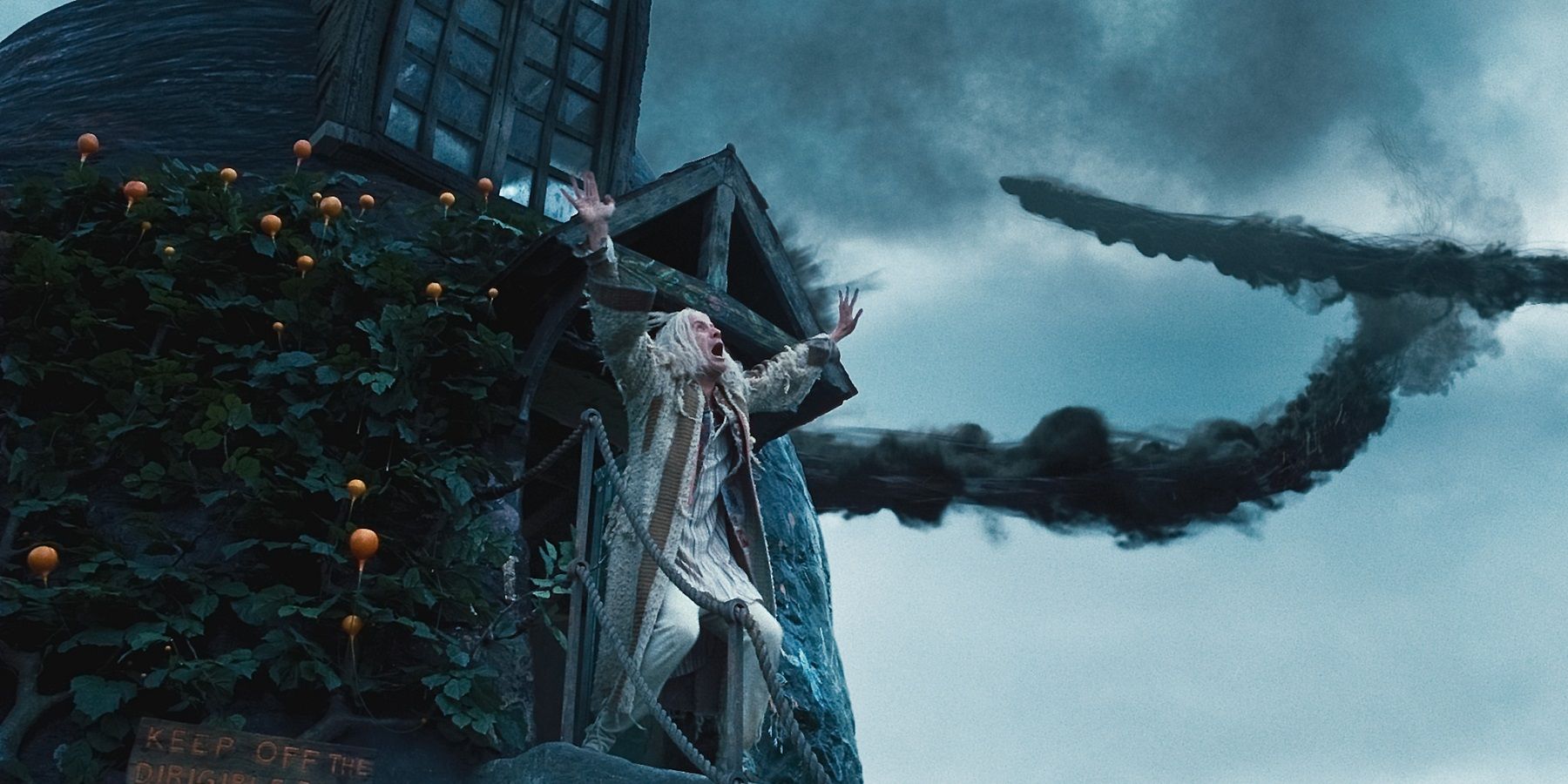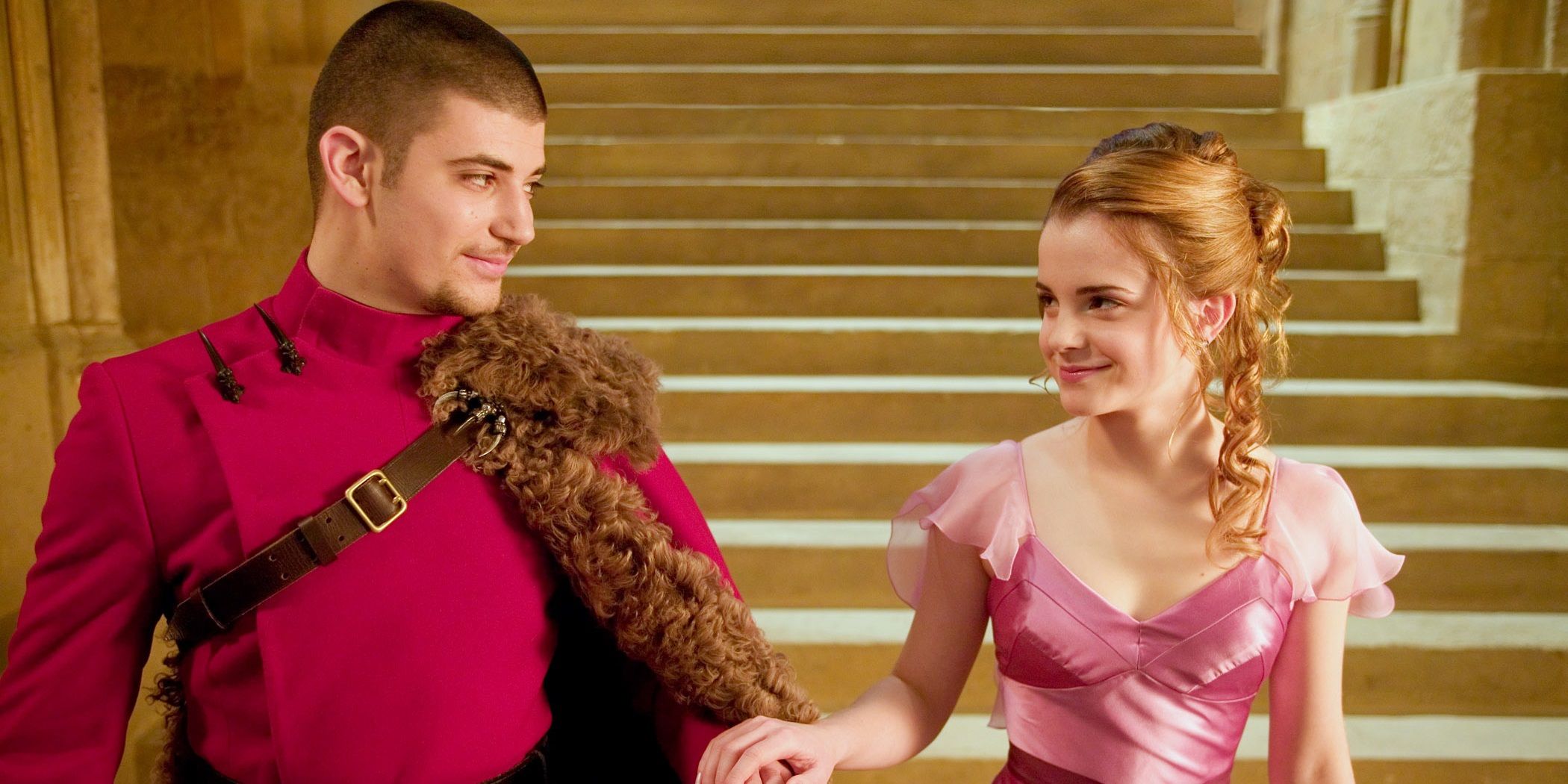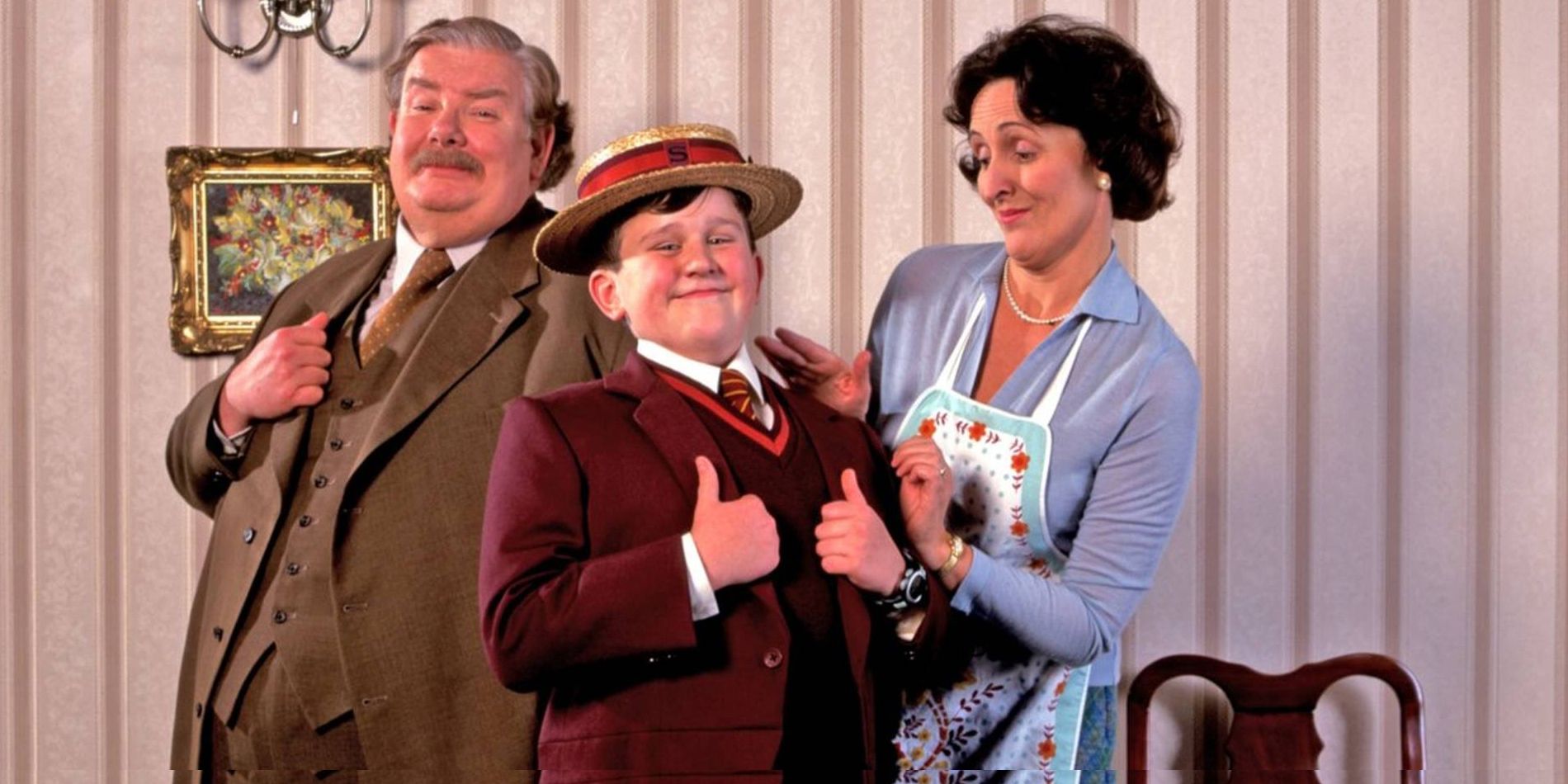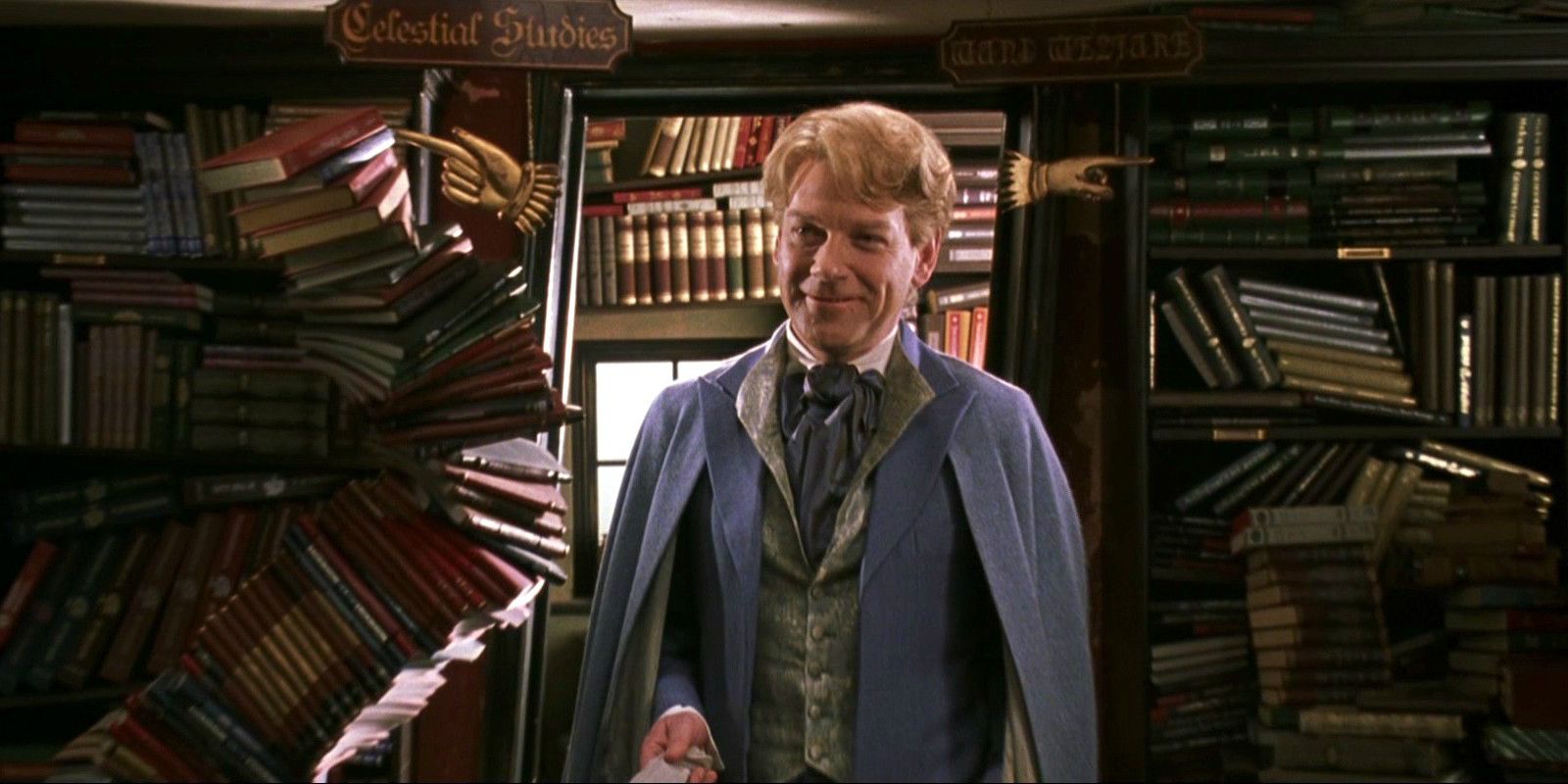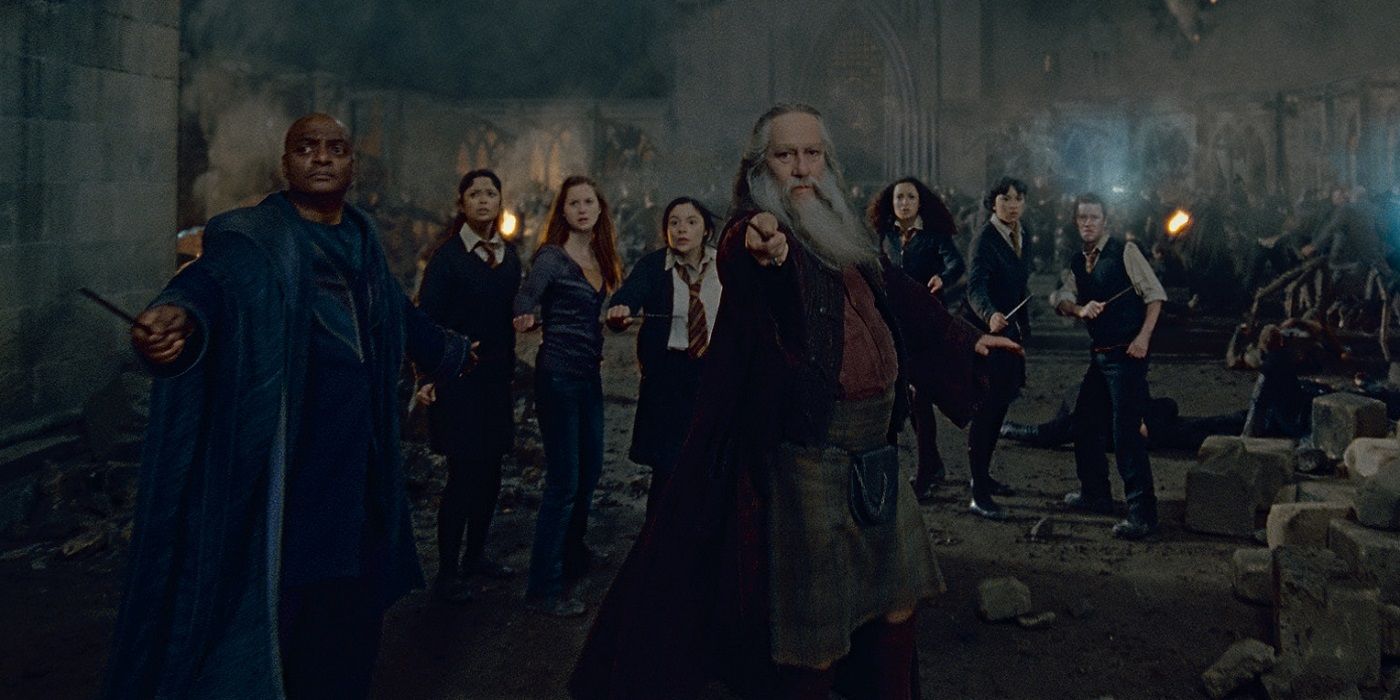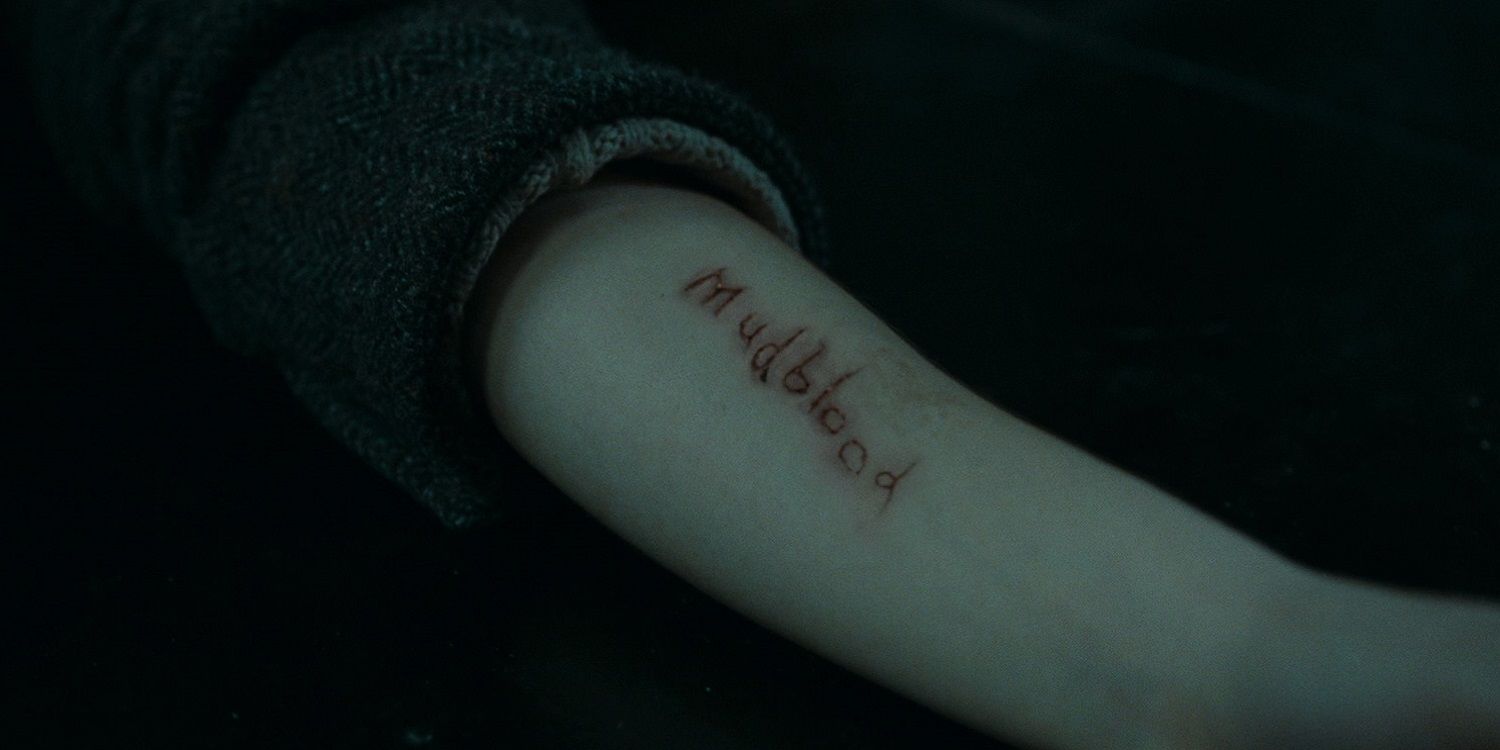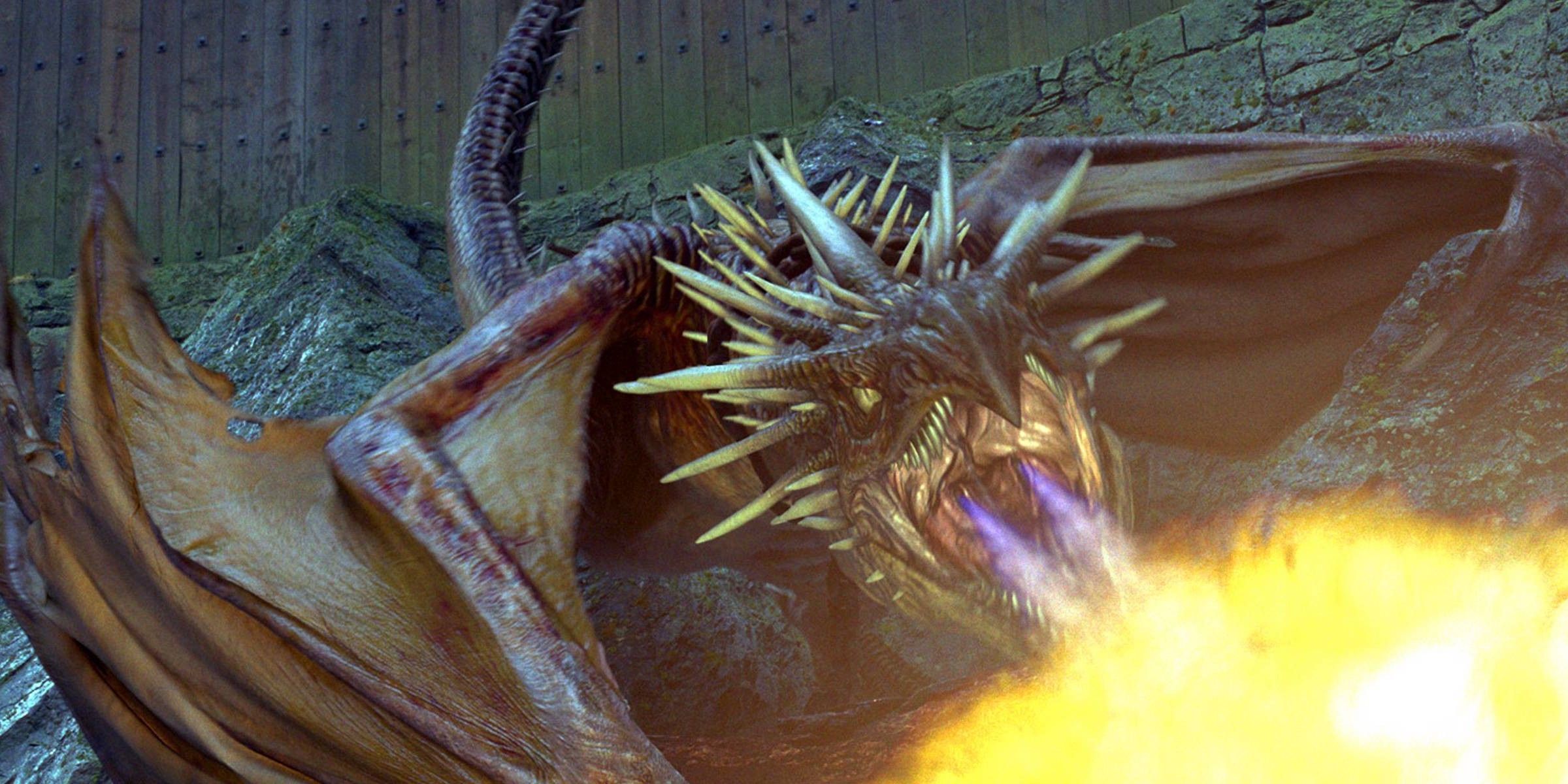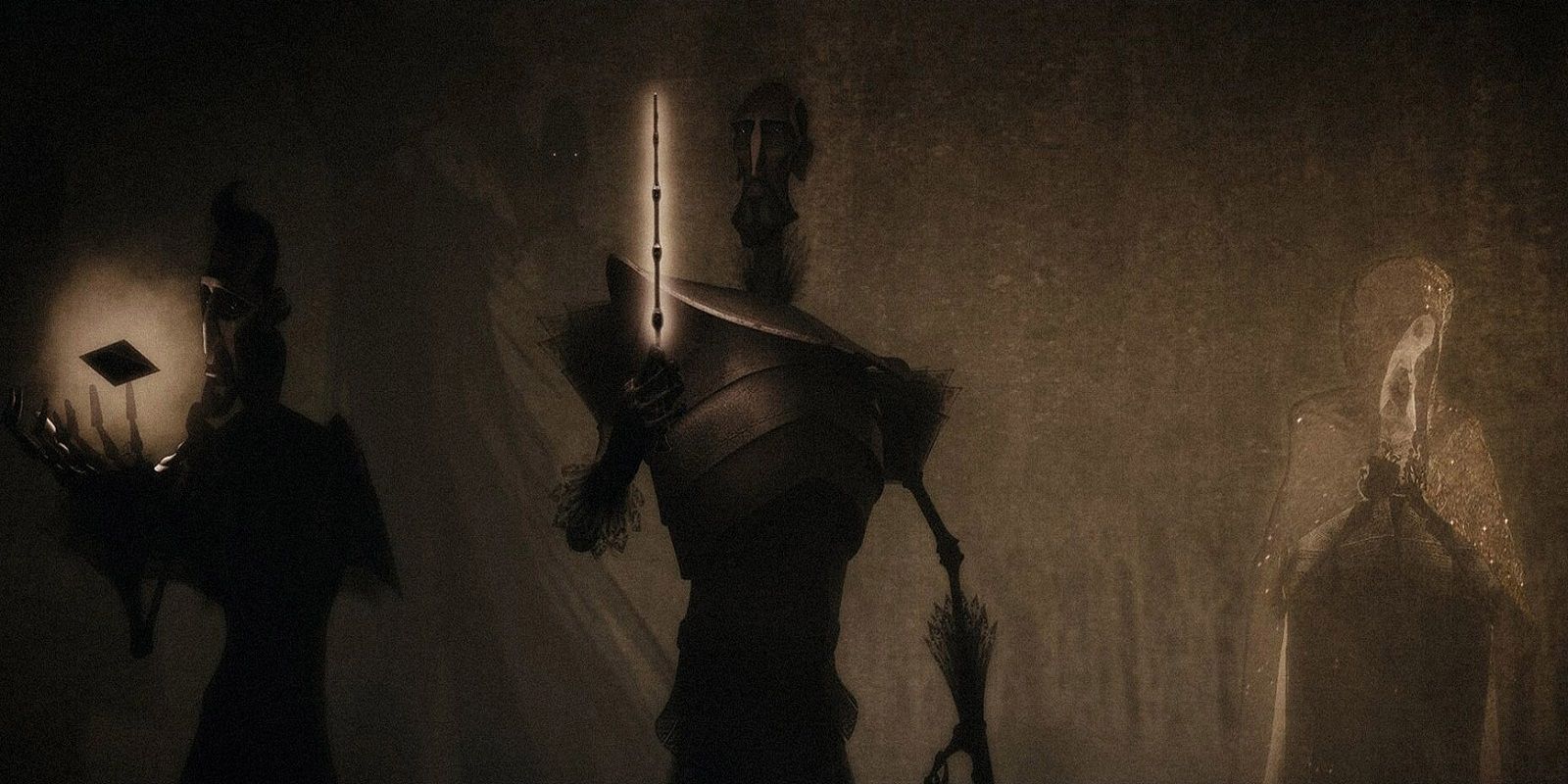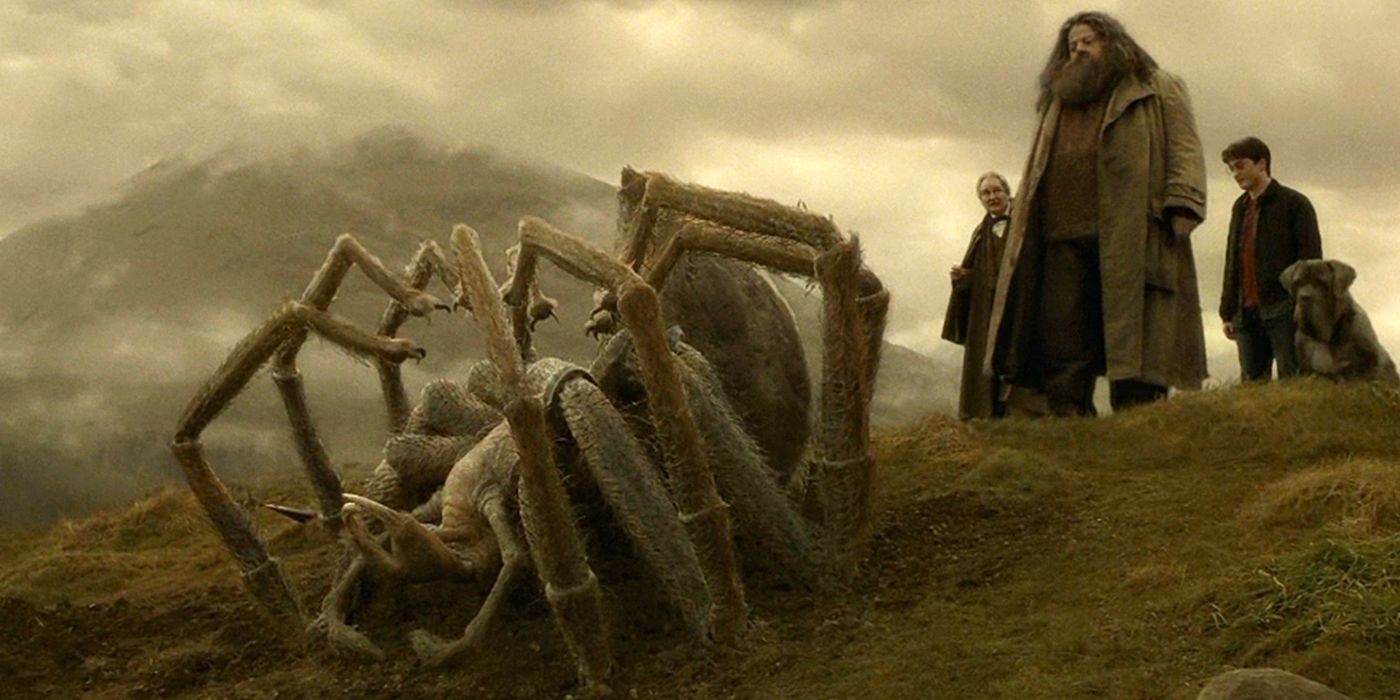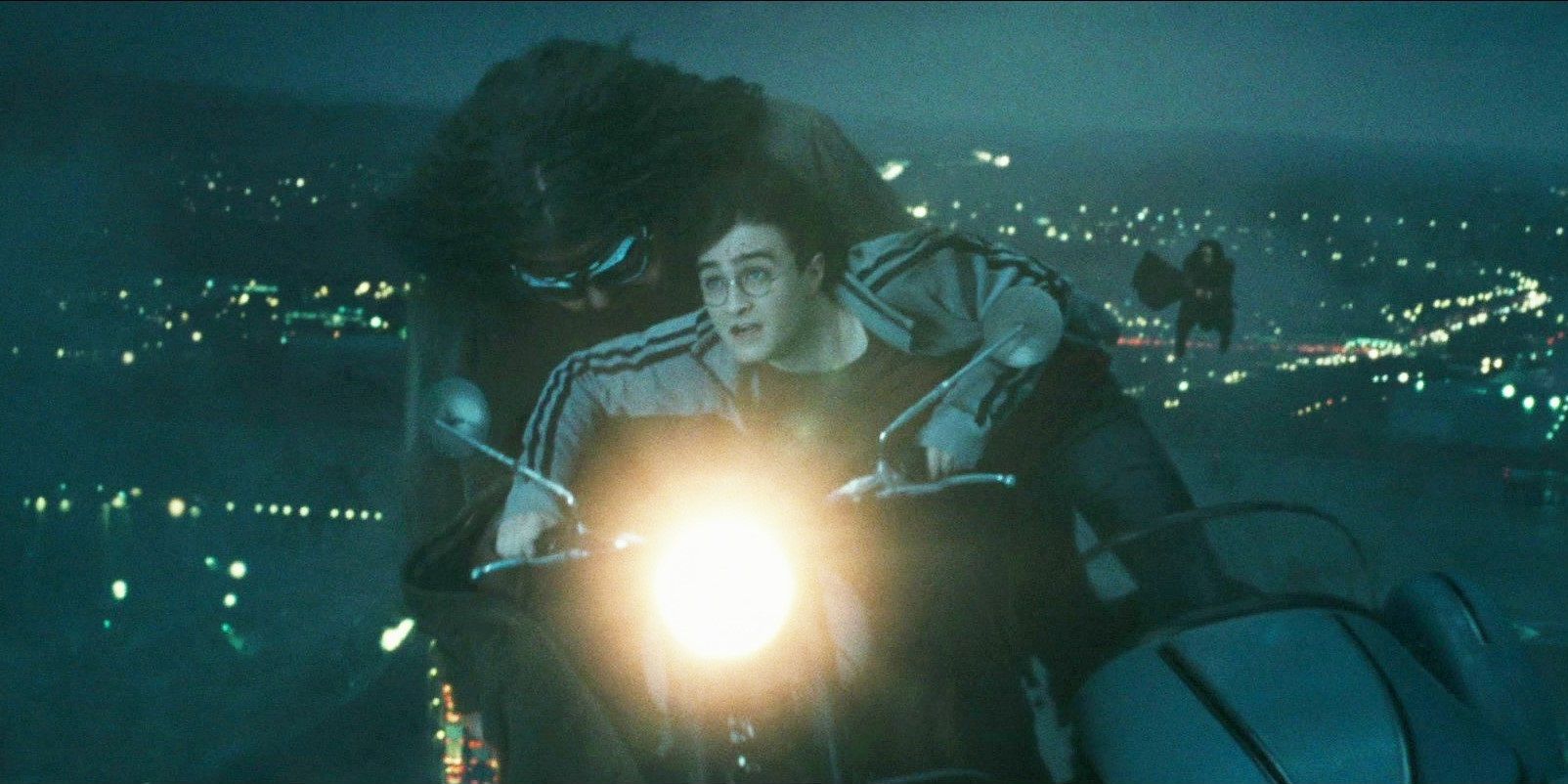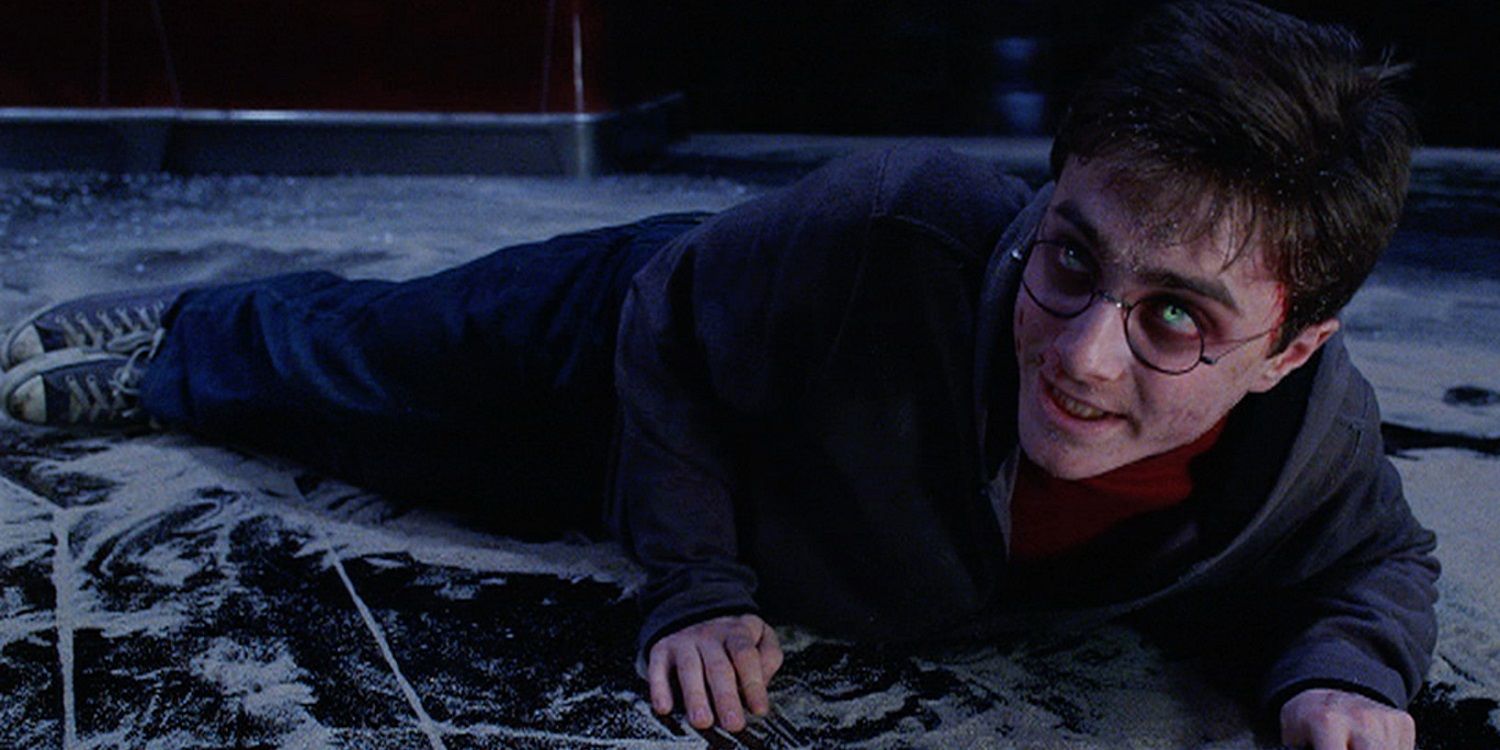The common refrain from most Harry Potter fans is something along the lines of “the books were better.” It’s the basic argument that most agree with, and there’s certainly some merit to it. Many aspects of the book are more consistent and gripping than their filmed counterparts, and the movies often have to cut out parts of the book that are both wonderful and seemingly essential.
Still, there are some places where the movies have a leg up on their literary counterparts. Sometimes, even great authors like J.K. Rowling can make a mistake, and those mistakes can be fixed in the films. These mistakes can be everything from unnecessary additions to strange plotting choices. Also, films provide a whole different base from which to pull a variety of visual tricks. They can make Harry Potter come to life in a whole new way. Here are the 15 Ways The Movies Are Better Than The Books.
15. Harry's Confrontation with Snape (Deathly Hallows - Part 2)
Sometimes it’s important to vent. Although Snape is ultimately redeemed in a scene that plays beautifully in both the book and the film, Deathly Hallows-- Part 2 also lets Harry get out some of his anger at Snape, the man who killed his mentor and then had the gall to step into his place. Of course, this was all part of Dumbledore’s larger plan, but Harry had no way of knowing that.
Snape’s relationship with Harry was often fraught, and though Snape ultimately worked hard to protect Harry in Lily's memory, the movie allows Harry to confront Snape in a way the book doesn’t. In the book, Harry spends much of the final battle sneaking around under an invisibility cloak. In the film, he gets to vent a little, and all of us can appreciate how important that is. Snape and Harry’s relationship was complicated, sure, but in this moment, Harry finally got to do some good old fashion yelling.
14. No Blast-Ended Skrewts (Goblet of Fire)
Hagrid gets a lot of page-time in the books, and deservedly so. He’s the friendliest face our trio of heroes have on the Hogwarts campus. Still, the Blast-Ended Skrewts, which take up so much time in Goblet of Fire, don’t ultimately add much, and they would undoubtedly be a distraction in a film that already has enough going on. On top of that, Hagrid is constantly in danger of losing his job, and it doesn’t feel entirely justified to thrust that plot into the middle of an already busy book.
What’s more, these Skrewts are an enormous downgrade from Buckbeak, the hippogriff that is so critical to the plot of Prisoner of Azkaban. The movie wisely excises these animals, choosing instead to focus on the plot of Voldemort’s impending return, and the consequences it will have for each character. It’s true that the Goblet of Fire film misses many of the best details of the book. Fortunately, it misses this particular detail as well.
13. eliminating Quidditch (Order of the Phoenix)
Order of the Phoenix is the longest Harry Potter novel precisely because J.K. Rowling tries to squeeze in a normal year at Hogwarts, and adds a ton of setup and plotting for the rest of the series. The film manages to streamline the plot, keeping the bits that are the most important and jettisoning some that are less crucial (bye Marietta Edgecomb!). The most crucial of these is undoubtedly the elimination of Quidditch from the story completely.
While it’s true that Quidditch is a huge part of Harry’s Hogwarts experience, it was never less consequential than during his fifth year, when he was also dealing with Umbridge and with the stress of Voldemort’s return. Amidst all of this, Quidditch would be a somewhat silly way to allocate screen time, especially considering the fact that it’s largely incidental in the fifth book. Order of the Phoenix benefits enormously from its absence, and tells a more focused story than the book on which it’s based.
12. death eater's black smoke (later movies)
Apparition is cool enough in the books. It’s the ability that allows wizards to move from location to location instantly. In the films, it becomes something closer to flying, and it shifts, basically depending only on whether you’re a Death Eater or not. If you are a Death Eater, you become black smoke. If you’re a good guy, you make white smoke. This difference is most stark in Order of the Phoenix, when Death Eaters do battle with the Order of the Phoenix in the Ministry of Magic.
This may seem like a small touch, but it makes for a marvelous additional visual. As the camera tracks around the scene, we see figures zooming through the air in a way that begins to feel truly magical. Of course, the dark clouds of the Death Eaters follow them into later installments, including one very memorable sequence at the Lovegoods’ house. It may seem like a small touch, but it’s one that makes the world all the more enthralling.
11. Eliminating S.P.E.W. (Goblet of Fire)
While it undoubtedly served an interesting purpose in the novels, the Society for the Promotion of Elfish Welfare (S.P.E.W. for short) could have been a drag in movie form. Hermione’s crusade to save house-elves from their own selflessness ultimately pays off in Deathly Hallows, but the films make it clear from the beginning that house-elves are treated terribly, and so S.P.E.W. would feel a bit redundant.
What’s more, eliminating S.P.E.W. gave the film room to ruminate on its characters in greater depth. While we still miss Winky, and always will, S.P.E.W. is really a waste of valuable space that could otherwise be allocated to things like the Yule Ball, which is really a lot of fun in the film. While S.P.E.W. gives Hermione a chance to further develop as a character, the movie manages to fit her growth into the character dynamics of the main trio. S.P.E.W.’s disappearance gives the film more room to breathe, and that’s a welcome change.
10. Less Time With the Dursleys (later movies)
The Dursleys were an incredibly mean bunch, and their cruelty only heightened the horror of Harry’s situation as a young boy. As he got older, though, the trips to the Durselys began to feel fairly repetitive. Harry would go there for the summer, they would be mean, and everything would ultimately end with a fairly hilarious situation (with the exceptions of books 5 and 7) where the Dursleys would have a bad encounter with magic.
In the later films, the Dursleys were wisely excised from the story. Their appearances began to feel redundant, and they also tended to contribute fairly little to the overall narrative. They returned when they were necessary, but they sat out some films where their appearances would have only added to the total runtime. At a certain point, Vernon, Petunia, and Dudley had done everything they could, and that was it. There was no need to hear much from them.
9. The Casting of Gilderoy Lockhart (Chamber of Secrets)
In many ways, Chamber of Secrets is a fairly direct adaptation of its source material. Fortunately for the film, it had a brilliant casting director. Never was this more clear than in the case of Kenneth Branagh, who plays the handsome but devilish Gilderoy Lockhart. Lockhart, a smug and preening character in the books, is matched and exceeded on film thanks to Branagh’s delightfully hammy performance. It’s as if Branagh has been waiting to play Lockhart since the second he was born. If that’s the case, he certainly made the most of his shot.
As Lockhart, Branagh is clearly incompetent but incredibly confident, always surprised things don’t go exactly as he planned. In the final moments of the film, when Lockhart reveals who he truly is, it’s both hilarious and completely unsurprising. Branagh’s been carefully crafting a façade for the whole film. When it finally washes away, it’s actually something of a relief.
8. The Extended Battle (Deathly Hallows - Part 2)
Deathly Hallows-- Part 2 gets its fair share of praise for bringing the decade-spanning series to a satisfying conclusion. Perhaps the biggest reason for that praise is a major deviation from its book counterpart. Whereas the book is almost singularly focused on Harry's adventures through Hogwarts in the final battle, the film is able to crosscut between Harry's mission to destroy Voldemort's final Horcrux and the soldiers on the ground who are defending the school from Death Eaters.
Among these added moments are Aberforth Dumbledore's casting of an immensely powerful Patronus, Neville and Seamus blowing up the bridge, and some enormous overhead shots of the battle as it rages all around the school. Not only does this kind of overview give audiences a sense of the battle's scale, it also allows us to spend some time with some of the series' more minor characters, who each get to complete their arcs in this final installment. The finale is certainly action-packed, but like all the best Harry Potter moments, it also makes room for character.
7. Hermione's Torture (Deathly Hallows - Part 1)
Malfoy Manor is one of several marvelous sequences in Deathly Hallows, but it’s made even better in the film because of one fairly simple change. In the book, we’re only privy to Hermione’s agony through Ron and Harry, who both hear Hermione’s screams as they’re locked in a cellar below. In the film, though, we are given access to Bellatrix’s torture of Hermione, and the scene becomes all the more effective as a result. As we watch Bellatrix carve “Mudblood” into Hermione’s arm, it becomes clear exactly how persecuted she-- and all muggle-borns-- will be in this new world order.
Of course, the trauma of Hermione’s torture is overshadowed by Dobby’s death, but the movie’s choice to give us actual footage of her suffering makes the scene even harder to forget. In the movie, we don’t just see Ron panicking about Hermione’s pain, we see Hermione’s pain, and that makes it all the scene even more powerful.
6. The First Task (Goblet of Fire)
For the most part, Goblet of Fire is a pretty masterful novel. Its extensive use of foreshadowing and careful plotting turns the book into an exercise in storytelling at its highest levels. While it’s true that the film had to eliminate a lot of the book’s most interesting storytelling moves, it also managed to upstage the book in at least a few areas. One of those was undoubtedly the first task, which was fairly short lived in the book, but becomes an extended action set piece in the movie.
Of course, the action isn’t all that fun for the event’s spectators, considering the vast majority of it takes place outside of the small arena intended to house the event. Still, the fight with the dragon is certainly a thrill for viewers, as Harry flies around the Hogwarts campus attempting to escape from the massive Hungarian Horntail. It more than surpasses the flying sequences that usually constitute a Quidditch match, and is even reminiscent of Alfonso Cuaron’s brilliant direction in the third film-- which is the highest compliment there is to give.
5. The Tale of Three Brothers (Deathly Hallows - Part 1)
In the book, Hermione reads The Tale of Three Brothers. It’s an interesting story about arrogance and misguidedness, and it works well as a fairytale, but it also puts a huge pause on the action of the film. In Deathly Hallows--Part 1, the filmmakers got creative with the sequence. While Emma Watson’s voice narrates the story, some really wonderful animation tells us the moral tale of three brothers who outsmart death, but are eventually bested by him anyway.
Apart from the crucial information that the story eventually uncovers, the animated segment also gives us a sense of what Harry Potter is truly about. It’s about struggling against death, and ultimately recognizing that it’s not a menacing enemy, but is instead an old friend that can be greeted and treated like an equal. There’s nothing terrifying about death, and the beautifully animated segment drove that point home in a thrilling, new way.
4. The Felix Felicis Scene (Half-Blood Prince)
Felix Felicis, the luck potion that is key to Harry’s retrieval of Slughorn’s memory, makes for an interesting bit of storytelling in both the book and film. While the sequences play out fairly similarly, there’s one key and hugely important difference. That difference comes in Daniel Radcliffe’s performance, which seems to be based on the idea that side-effects of the potion mimic drunkenness.
As Harry enacts his plan to retrieve the memory from Slughorn, viewers are treated to one of the more hilarious sequences in all of Harry Potter, as Slughorn, Hagrid, and Harry mourn the death of Aragog. In the end, the results are the same. Harry gets the crucial memory from Slughorn, and Dumbledore and Harry are able to move on in their fight against Voldemort. That’s great, but the movie turns this plot machination into something more than just plot. It becomes masterful comedy, if just for a moment.
3. Hedwig's Sacrifice (Deathly Hallows - Part 1)
This one is a simple and effective change. In the books, Hedwig simply falls from her cage, and we don’t get any kind of catharsis for the bird that was Harry’s first companion in the wizarding world. In Deathly Hallows-- Part 1, we see Harry let his owl go, aware that he won’t be able to bring Hedwig with him for the remainder of his journey. When Harry gets ambushed by the Death Eaters, Hedwig comes to his rescue, and dies to protect Harry in a scene that also works to clearly identify Harry to the Death Eaters chasing him.
Not only is this a better way for Harry to be identified than a signature spell, it gives Hedwig a much better sendoff. It honors one of the series' most pivotal non-human characters. The death of Hedwig is one of the few plot points that the movies managed to make better than their book counterparts.
2. Hermione Obliviates Her Parents (Deathly Hallows - Part 1)
Hermione is certainly among the best characters in Harry Potter, and part of the reason for that is her capability in the face of discrimination. Hermione’s muggle-born, and that means her life is actually at the most risk in the face of Voldemort. Of course, Hermione handles herself and her struggles like a true hero. Deathly Hallows-- Part 1 presents the height of Hermione’s struggle, and perhaps no moment is more tragic than the one early on in the film where she is forced to remove herself from her parents’ memories.
Although we don’t spend too much time with the Grangers, the idea of being forced to remove yourself from your parents’ memory for their own protection is about as tragic as it gets. It’s as if the people who raised you simply forgot you existed, and Hermione does it without any whining or complaining. She did it because it needed to be done, but that doesn’t make it any less tragic. In the Deathly Hallows book, Hermione does erase her parents' memories before she is reunited with Harry, but seeing it depicted on screen is quietly devastating and incredibly memorable.
1. Voldemort's Possession (Order of the Phoenix)
Order of the Phoenix is the longest Harry Potter novel, but it’s among the shorter film installments. David Yates trims quite a few things out, but his most powerful adjustment may come during the climactic battle at the Ministry of Magic. It’s not the battle between Dumbledore and Voldemort that is improved (that’s already pretty phenomenal in the book), but the scene that comes after that-- the one in which Voldemort attempts to possess Harry.
This moment may best distill the themes of the entire series, as Harry is forced to choose between falling victim to Voldemort’s darkness and choosing to embrace the good in the world around him. Remember, this comes just moments after Sirius Black dies, and Harry still tells Voldemort that he pities him. Harry still knows that, in spite of his loss, his life is still much better than his enemy's. He has friends, he has love, and it’s the differences between the two that matter. It’s a deeply moving scene, and made all the more powerful by its ability to reach the core of what Harry Potter is about.
---
Which book-to-screen improvements in Harry Potter did we miss? Let us know in the comments!

